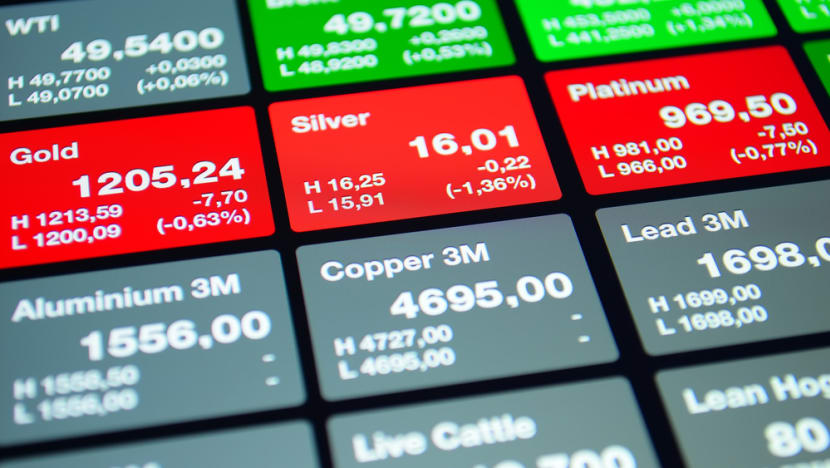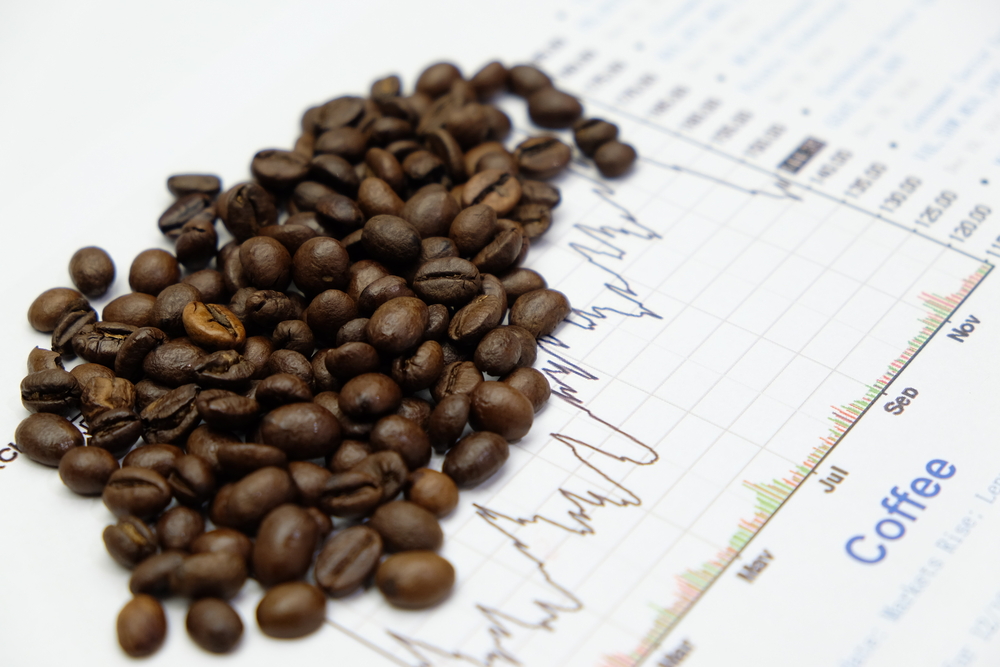Trading commodities the smarter way
Traders can use Contract for Difference products to seize opportunities in a wide range of commodities.

Commodity trading gives you access to a wide range of instruments, including oil, gold, palladium, coffee and sugar. Photos: Shutterstock
While most traders may be more familiar with stocks and bonds, commodities are another large asset class that offers plenty of opportunities for potential profit.
Commodity trading allows you to gain access to a wide range of instruments, including popular ones such as oil and gas, and precious metals such as silver, gold and palladium. It also includes soft commodities like cocoa, coffee, wheat and sugar, which have been gaining in popularity among traders.
But how do we track commodity prices? Simply put, commodity prices are driven by supply and demand. Prices will rise with increasing demand or when there is a fall in the supply or inventory of a particular commodity. On the flip side, the price of a commodity will fall when faced with decreasing demand or increasing supply.
Commodities have been booming in the past year, with crude oil prices rising to a multi-year high and funds flowing into gold, which has traditionally been seen as a safe haven amid turbulence.
In September, Brent Crude – a benchmark for global oil prices – closed at a near three-year high. Meanwhile, gold prices hit a record high in 2020 on the back of pandemic-induced uncertainty, although they have since fallen from that peak this year.
EXPLORING OPPORTUNITIES WITH COMMODITIES
There are different ways that investors can access commodities. This includes buying commodities directly, investing in commodity exchange-traded funds (ETFs) or buying shares of commodities companies.
However, similar to buying a share, you invest in the hope that the prices will rise. An alternative way to tap into falling commodity prices is through derivatives such as Contract for Difference (CFD) products.
CFD allows traders to go long or short on a range of securities, including commodities, without having to own the underlying asset. A typical CFD trade involves a trader and a broker agreeing to exchange the price difference in the current value of an underlying commodity and its value at the end of the contract.
In this way, traders are able to make a profit from either direction of the market, as they are able to take a ‘long position’ if they expect the commodity’s price to go up, or a ‘short position’ if they expect the price to fall.
With the recent pull back in gold prices, for instance, a trader can use a CFD to go short on the precious metal, profiting when it eventually rebounds. Since you are able to take short positions, CFDs can act as a hedge for your portfolio.
For those keen on exploring opportunities in commodities, CFD provider IG offers clients over 35 commodities CFDs, as well as a variety of CFDs on commodity stocks and ETFs, with spreads from just 2.8 points on Brent Crude and 0.3 on gold. Users can also make use of trade analytics tools on IG’s advanced trading platform, as well as timely market analysis and other educational resources from the IG academy.
MANAGING RISK EFFECTIVELY

Beyond market risk, trading commodities CFDs comes with its own set of risks. As CFDs are traded on a margin, investors only put down a fraction of the total trade, with a broker providing the remainder. For instance, a margin of 2 per cent would require traders to place a S$2,000 deposit if they want to trade a total S$100,000.
However, margin trading can be risky if a trade goes in the wrong direction. To limit losses, consider risk management tools like guaranteed stops and alerts. The trader can also use a stop to put a limit on losses if the market goes in the opposite direction.
For instance, IG’s CFD product, Knock-Outs, allows traders to determine the exact price they want their trade to close at by setting their Knock-Out level at the start. The Knock-Out level acts like a guarantee that closes out your trade even during times of huge market swings. This is especially useful during times of extreme volatility.
Traders looking to diversify their portfolio by hedging or trading in commodities can leverage the resources and capabilities of IG’s next-generation trading platform.
To get a better understanding of commodities trading, watch this IG video and download IG’s free Bloomberg e-book, Commodities: Strike when it's hot.
Disclaimer: IG provides an execution-only service. The information in this article is for informational and educational purposes only and does not constitute (and should not be construed as containing) any form of financial or investment advice or an investment recommendation or an offer of or solicitation to invest or transact in any financial instrument. Nor does the information take into account the investment objective, financial situation or particular need of any person. Where in doubt, you should seek advice from an independent financial adviser regarding the suitability of your investment, under a separate arrangement, as you deem fit.
No responsibility is accepted by IG for any loss or damage arising in any way (including due to negligence) from anyone acting or refraining from acting as a result of the information. All forms of investment carry risks. Trading in leveraged products such as CFDs carries risks and may not be suitable for everyone. Losses can exceed deposits.
This advertisement has not been reviewed by the Monetary Authority of Singapore.















